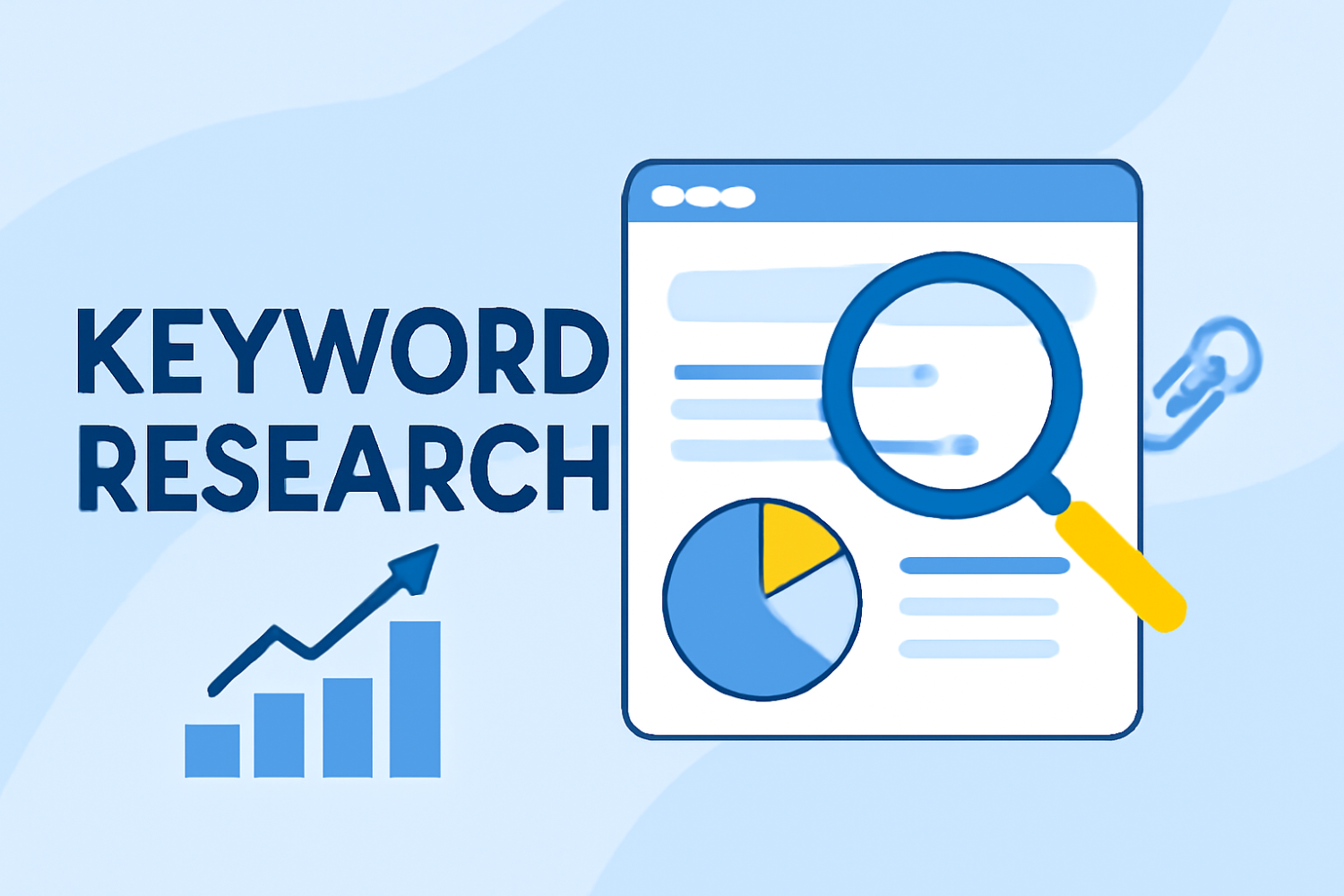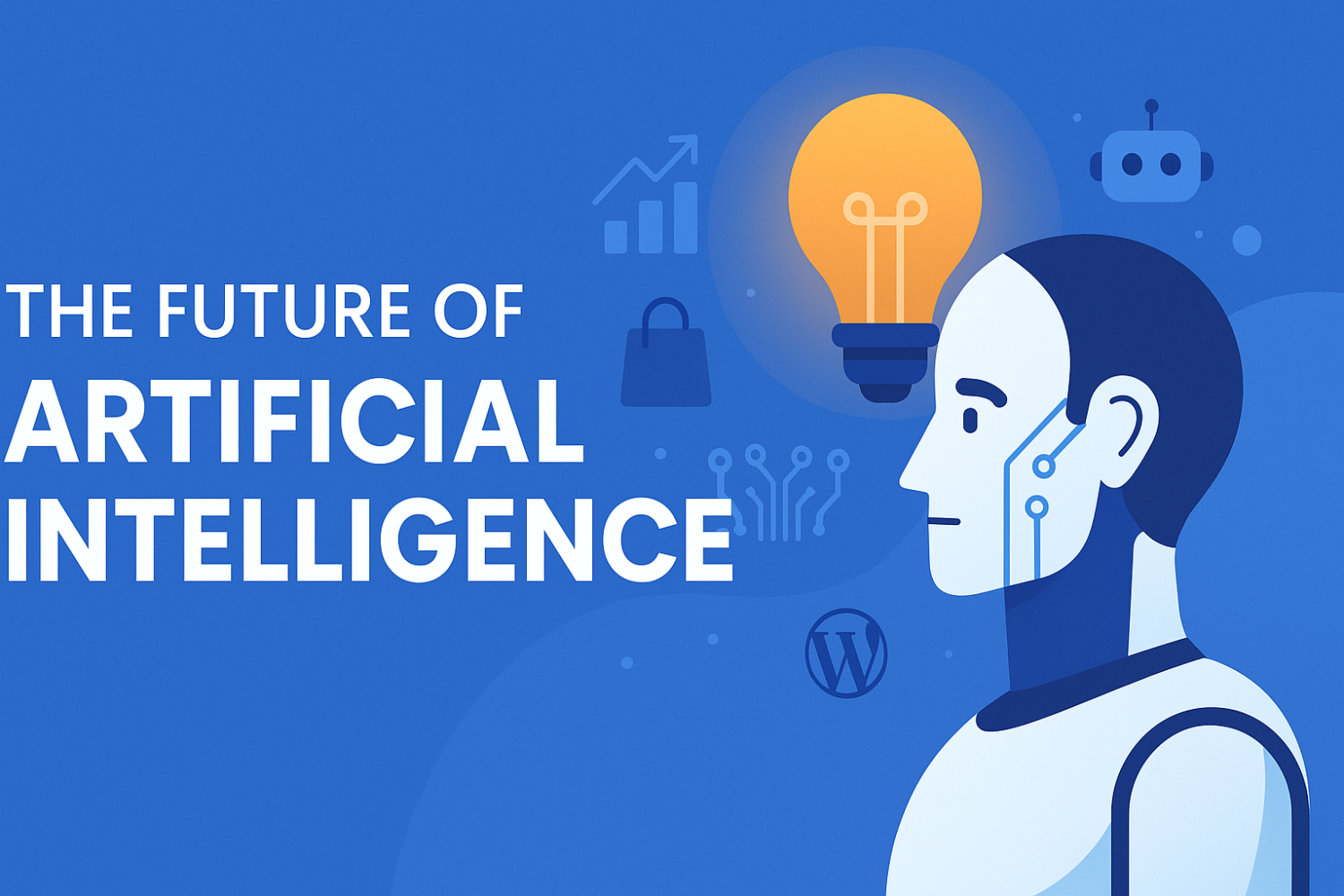Essential Steps to Optimize Your Website for Search Engines: A Beginner's Guide

Understanding Keyword Research
Keyword research is a fundamental aspect of search engine optimization (SEO) that involves identifying the most relevant and effective keywords for which to optimize your website. As a beginner, understanding this process is crucial for the success of your website optimization efforts. The selection of the right keywords can significantly affect your site’s visibility on search engine results pages (SERPs) and should be the first step in any successful SEO strategy.
Begin by utilizing various tools designed to assist in keyword research. Popular options include Google Keyword Planner, SEMrush, and Ahrefs. These tools enable you to discover keywords related to your niche and provide data on search volume, competition levels, and trends over time. With this information, you can assess which keywords align with your website's content and audience needs.
It is equally important to understand search intent when conducting keyword research. This refers to the underlying motive behind a user's search query. By categorizing keywords into types such as informational, navigational, and transactional, you can align your content more effectively with what users are looking for, thereby enhancing user engagement and site speed.
Additionally, analyzing competitor keywords can offer insight into what is working within your industry. By observing which keywords your competitors are optimizing for, you can identify potential gaps or opportunities within the market that your website can capitalize on.
Another vital aspect of keyword research is distinguishing between short-tail and long-tail keywords. Short-tail keywords are typically one or two words and experience high search volume but also high competition. In contrast, long-tail keywords, which consist of three or more words, are more specific and may yield lower search volume but often lead to higher conversion rates due to their specificity.
Effectively integrating these keywords into your content strategy is crucial. This includes using them in important on-page SEO elements such as titles, headings, and meta descriptions, as well as naturally throughout your content to improve relevancy and enhance user experience.
On-Page SEO Techniques
On-page SEO refers to the actions taken directly within your website to improve its visibility and ranking on search engine results pages. One of the fundamental techniques is the optimization of title tags and meta descriptions. Title tags should succinctly summarize the content of a page while incorporating relevant keywords. Meanwhile, meta descriptions act as a summary that entices users to click; they should be informative and include targeted keywords without appearing spammy.
Header tags (H1, H2, H3, etc.) are equally important for structuring content. They not only help organize information for readers but also signal to search engines the primary topics discussed on a page. For effective website optimization, it is crucial to use headers strategically, with the H1 tag reserved for the main title and subsequent header tags used to delineate sections and subsections. This enhances both readability and SEO.
Moreover, the integration of alt text for images plays a vital role in on-page SEO. Alt text should describe the image content accurately using relevant keywords when possible, thus promoting better understanding by search engines while also providing context for users with visual impairments.
Content quality remains paramount for successful website optimization. High-quality content that provides valuable information tends to engage visitors longer, reducing bounce rates. It’s essential to maintain a balanced keyword density throughout, ensuring that keywords flow naturally within the content without overstuffing.
Lastly, a well-structured URL enhances usability and can significantly affect search engine rankings. URLs should be concise, descriptive, and ideally contain keywords related to the page's content. By focusing on these on-page SEO techniques, webmasters can significantly improve their site's visibility and engagement metrics.
Improving Site Speed
Site speed is a crucial factor that significantly influences both search engine optimization (SEO) rankings and user experience. Slow-loading websites often lead to higher bounce rates and reduced user engagement, making it imperative for website owners to prioritize site performance. Various strategies can be employed to improve site speed, ensuring that users have a seamless browsing experience while also enhancing search engine visibility.
One of the first steps in optimizing website performance is to optimize images. Large image files can considerably slow down load times. Tools such as image compressors and formats like WebP can help reduce file sizes without sacrificing quality. It is also wise to implement responsive images that adjust based on the user’s device, improving speed and providing a better user experience.
Another effective method is to minimize CSS and JavaScript files. Combining multiple CSS and JavaScript files into a single file can help reduce HTTP requests, which in turn accelerates loading time. Additionally, using asynchronous loading for JavaScript can prevent scripts from blocking the rendering of the page, thereby improving overall performance.
Leveraging browser caching is another technique to consider. By storing certain elements of a webpage in a user's browser, it allows for faster load times on subsequent visits. This means repeat visitors can enjoy a better experience as the page does not have to reload all its content from scratch.
Furthermore, utilizing content delivery networks (CDNs) can significantly enhance site speed. CDNs distribute your website's content across multiple servers around the globe, ensuring that users can access resources from the nearest location, resulting in reduced latency and faster load times.
Finally, utilizing tools like Google PageSpeed Insights, GTmetrix, or Pingdom can provide valuable insights into your website’s load speed and performance bottlenecks. By addressing the identified issues, website owners can improve their site speed, ultimately benefiting both user experience and SEO rankings.
Building Backlinks Effectively
Backlinks play a pivotal role in establishing a strong online presence and enhancing your website's SEO. Backlinks, which are links from external websites back to your own, are viewed by search engines as endorsements of your content, contributing significantly to your site's authority and relevance. Thus, focusing on building high-quality backlinks is essential for effective website optimization. One effective strategy for increasing backlinks is through guest blogging. By contributing guest posts to reputable sites within your industry, you can secure backlinks while also reaching a wider audience. In your guest articles, ensure they are well-researched and offer real value, making it more likely that readers will engage with your blog.
Influencer outreach is another powerful method for backlink acquisition. Collaborating with influencers or well-established figures in your niche can not only help gain quality backlinks but also enhance your credibility. Engaging with these individuals can involve features in their content or mutually beneficial partnerships, effectively expanding your reach. Furthermore, social media platforms can serve as a valuable tool in your backlink strategy. Sharing content across social channels promotes greater visibility and may lead to shares from other bloggers or websites, resulting in additional backlinks.
It is crucial to focus on the quality and relevance of the backlinks you acquire. Search engines prioritize links from authoritative sites that are pertinent to your niche. Conversely, links from low-quality or spammy sites can harm your site's SEO. To avoid such pitfalls, regularly monitor your backlink profile using tools designed for this purpose. This vigilance allows you to identify and disavow toxic links that could negatively impact your website’s reputation. By employing these strategies and maintaining a robust backlink profile, you can significantly bolster your site's professional standing and visibility in search engine results.










